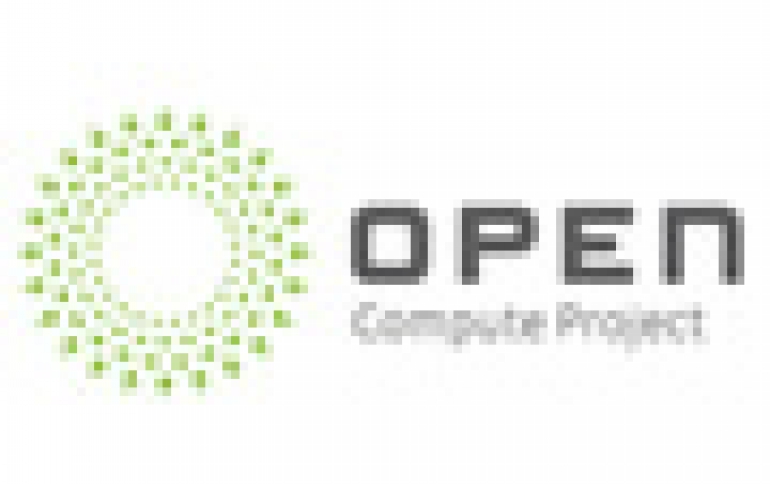
AMD Starts Offering Open 3.0 Computing Servers
AMD today announced availability of servers based on its AMD Open 3.0 specification, defined as part of the Open Compute Project, delivering performance equal to competing proprietary OEM servers at lower cost.
In comparison to benchmarks running virtual desktop infrastructure (VDI) performed by AMD, the AMD Open 3.0-based system supported just as many virtual desktops and reduced total cost of ownership (TCO) by 57 percent: $4,589 versus $10,669 for just a single server. This cost effectiveness translates into a reduction in cost per virtual desktop, from $91.19 to only $38.24 per desktop. More details on the findings will be discussed at a roundtable event tomorrow in New York City and other select cities. The servers will be available through AMD's distributor partners.
Released by AMD in May 2012, the AMD The AMD Open 3.0 specification defines an open source, modular platform. Last January 2013 AMD demonstrated systems based on this specification for the first time. Systems are now in full production and available through Avnet Inc., Hyve, Penguin Computing and ZT Systems.
Powered by the AMD Opteron 6300 Series processor, AMD Open 3.0 systems can be installed in all standard 19" rack environments without modification, as well as in Open Rack environments, and managed openly using standards such as Systems Management Architecture for Server Hardware (SMASH) from the Distributed Management Task Force (DMTF). The motherboard is 16" x 16.7" and designed to fit into 1U, 1.5U, 2U or 3U rack height servers. It features two AMD Opteron 6300 Series processors, each with 12 memory sockets, allowing up to 384GB of DDR3 DRAM (four channels with three DIMMs each,) 6 Serial ATA (SATA) connections per board, one dual channel gigabit Ethernet NIC with integrated management, up to four PCI Express expansion slots, one serial port, two USB ports and a mezzanine connector for custom module solutions such as the Mellanox I/O module or Broadcom management module. Specific PCI Express card support is dependent on usage case and chassis height.
AMD Open 3.0 enables flexibility, efficiency and operating cost by simplifying motherboard design with a single base product to address multiple enterprise workloads, including high-performance computing, virtual desktop infrastructure, cloud, infrastructure and storage. This design is optimized to eliminate features typically over-provisioned in traditional server offerings. The platform is designed to easily enable IT professionals to customize the server to meet specific workload requirements.
Released by AMD in May 2012, the AMD The AMD Open 3.0 specification defines an open source, modular platform. Last January 2013 AMD demonstrated systems based on this specification for the first time. Systems are now in full production and available through Avnet Inc., Hyve, Penguin Computing and ZT Systems.
Powered by the AMD Opteron 6300 Series processor, AMD Open 3.0 systems can be installed in all standard 19" rack environments without modification, as well as in Open Rack environments, and managed openly using standards such as Systems Management Architecture for Server Hardware (SMASH) from the Distributed Management Task Force (DMTF). The motherboard is 16" x 16.7" and designed to fit into 1U, 1.5U, 2U or 3U rack height servers. It features two AMD Opteron 6300 Series processors, each with 12 memory sockets, allowing up to 384GB of DDR3 DRAM (four channels with three DIMMs each,) 6 Serial ATA (SATA) connections per board, one dual channel gigabit Ethernet NIC with integrated management, up to four PCI Express expansion slots, one serial port, two USB ports and a mezzanine connector for custom module solutions such as the Mellanox I/O module or Broadcom management module. Specific PCI Express card support is dependent on usage case and chassis height.
AMD Open 3.0 enables flexibility, efficiency and operating cost by simplifying motherboard design with a single base product to address multiple enterprise workloads, including high-performance computing, virtual desktop infrastructure, cloud, infrastructure and storage. This design is optimized to eliminate features typically over-provisioned in traditional server offerings. The platform is designed to easily enable IT professionals to customize the server to meet specific workload requirements.




















